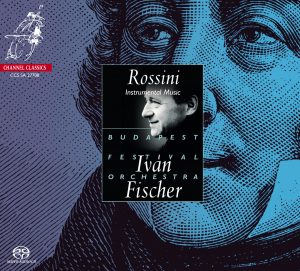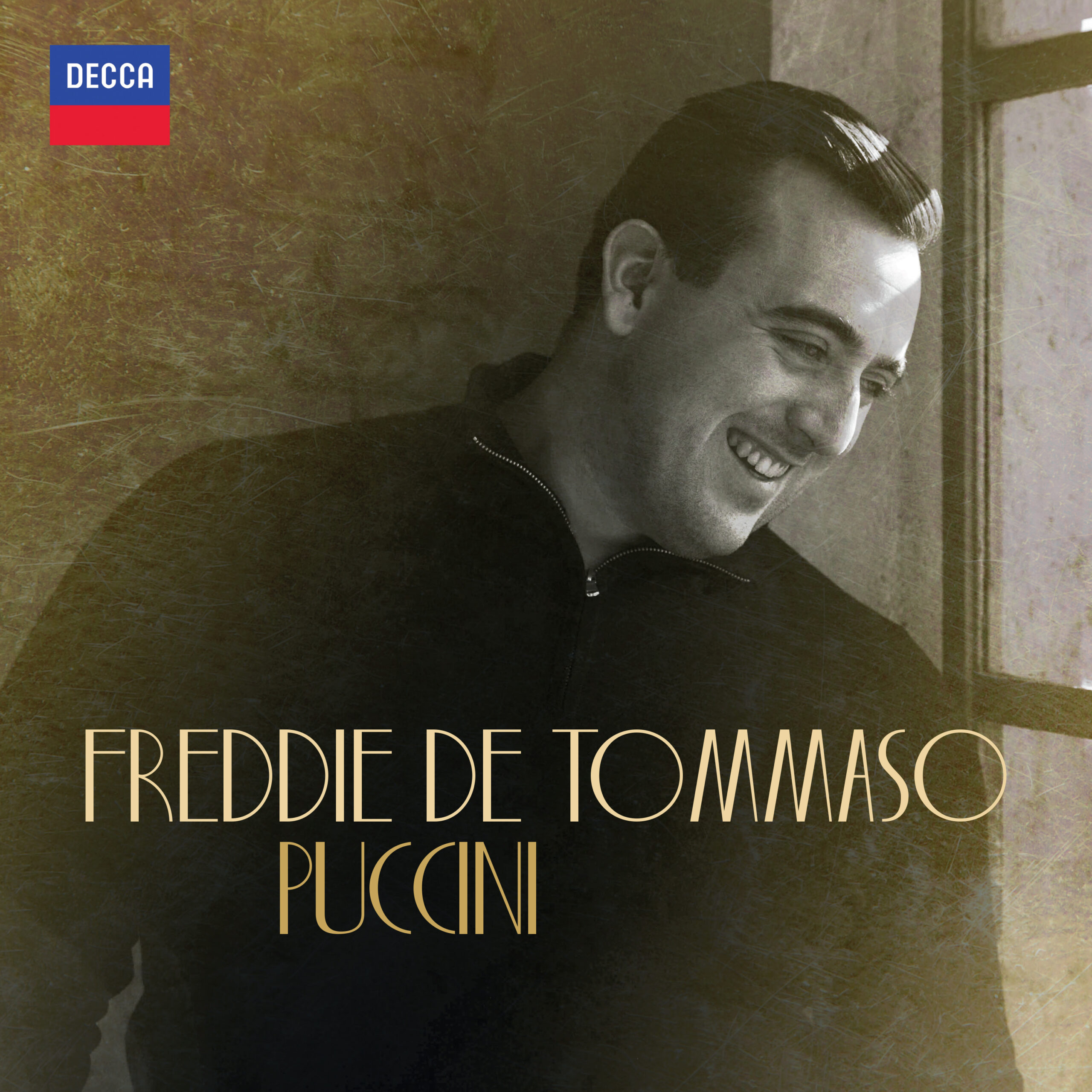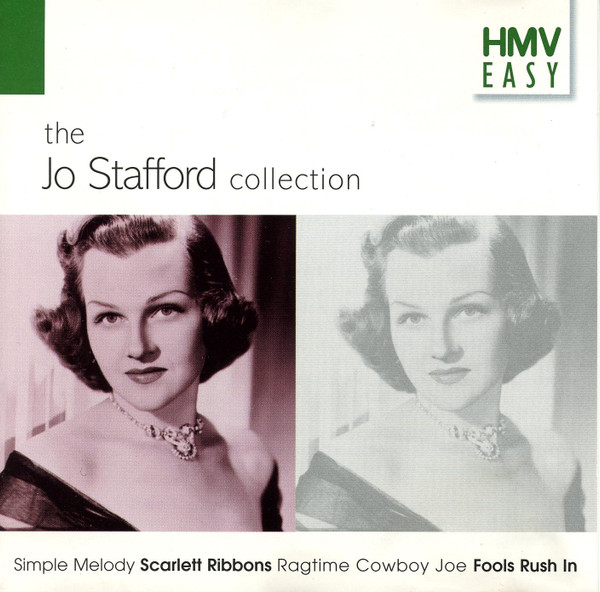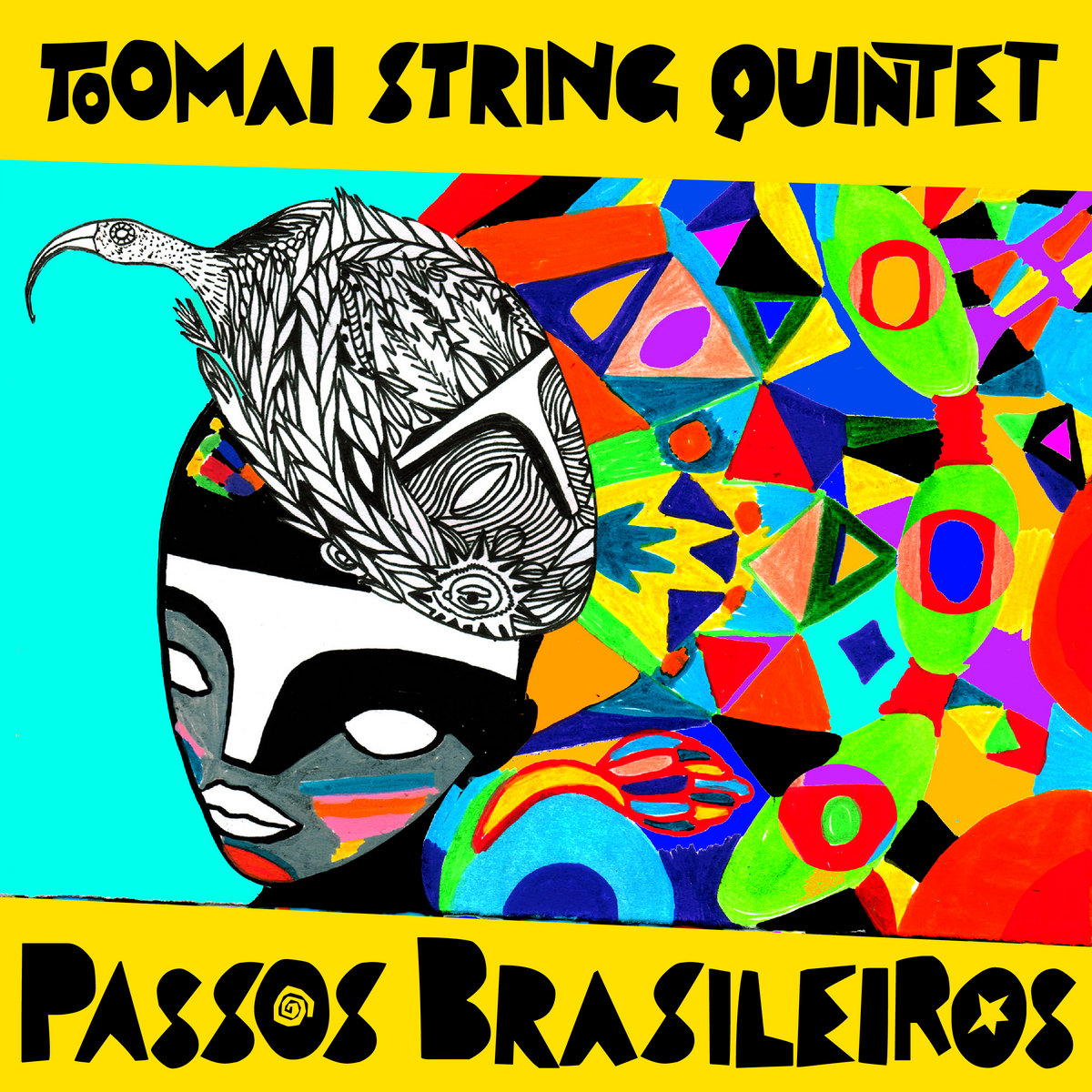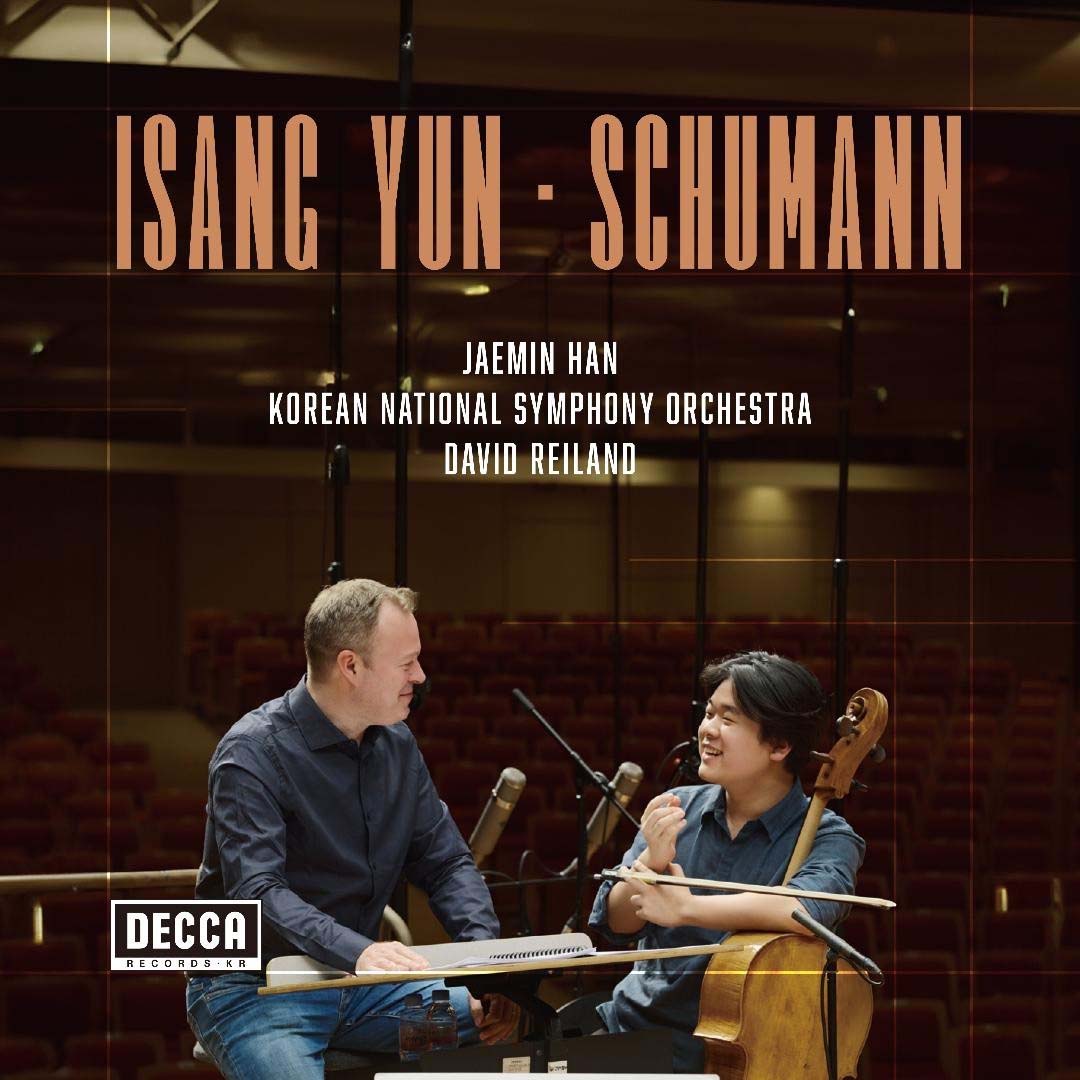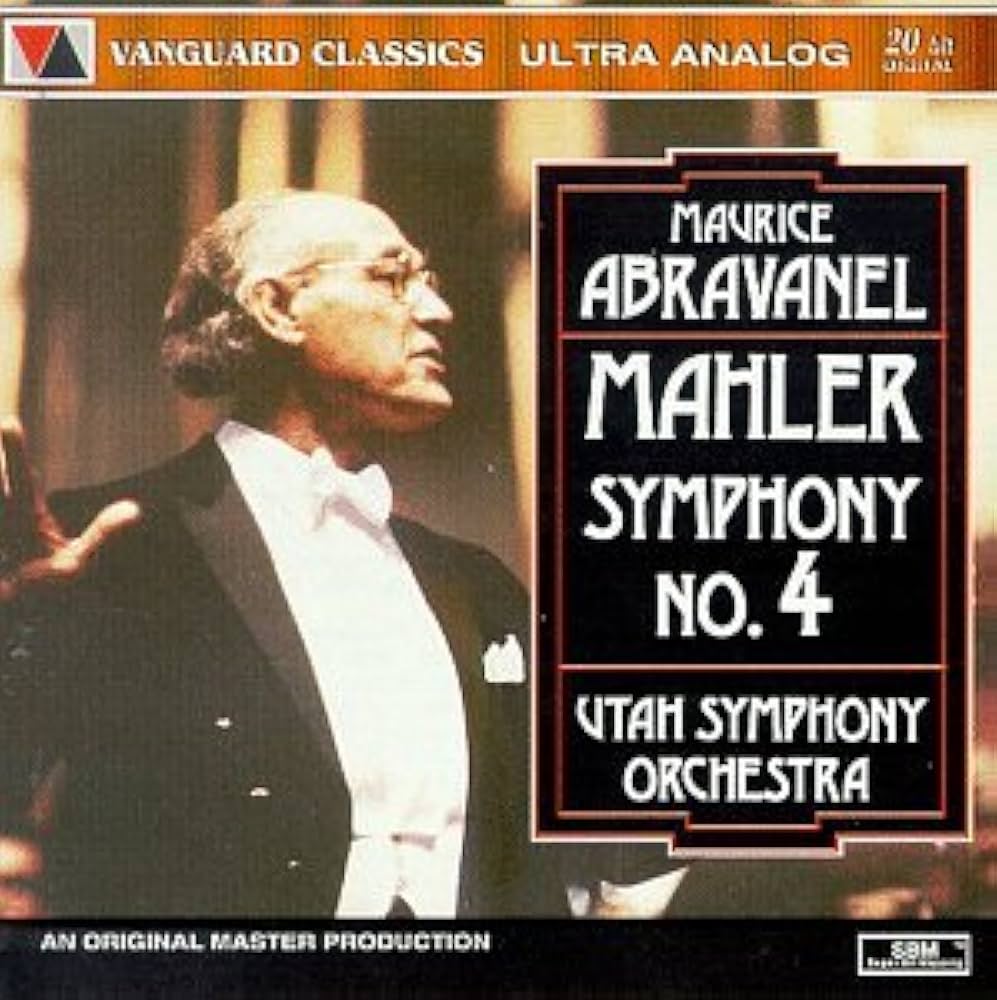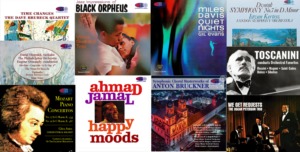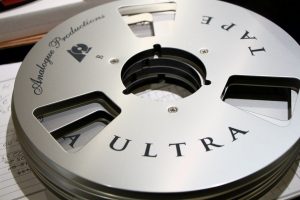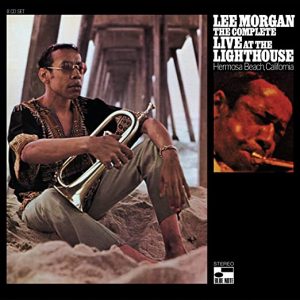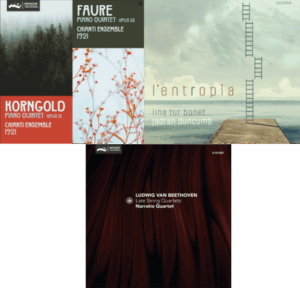Rossini: Orchestral Music. Budapest Festival Orchestra/Iván Fischer. Channel Classics CCS SA 27708. TT: 65.00
La scala di seta: Overture. Serenata per piccolo compresso. String Sonata in G Major. Le rendez-vous de chasse. Variazioni a più instrumenti obbligati. Andante, e Tema con Variazioni per quattro strumenti a fiato. Semiramide: Overture.
Downloads: amazon.com (.mp3); channelclassics.com ("stereo and multichannel"); israbox-music.com (.rar); qobuz.com ("hi-res" 96 or 192 kHz)
Too casual a glance at the track listing, bracketed by two familiar overtures, and you may assume this is just Rossinian business as usual, perhaps throwing in a couple of ballet movements. But you'd be wrong—for one thing, there are no ballet movements at all—and the intrepid program is welcome and useful.
The two sets of variations are heirs to the Classical sinfonia concertante tradition, with multiple solo instruments doing their thing against a supportive orchestral background. You could dismiss the pieces as ephemera, except that they're so skillfully constructed, and beautifully designed to display the instruments' possibilities. The Andante, e Tema con Variazioni (the comma sic), which only involves the four wind players, paradoxically sounds the more substantial, its succession of variations becoming increasingly rapid and ornate. I particularly liked the bassoon's dignified iteration of the theme—it's not the clown of the orchestra here—and I was impressed by the horn's ornate voicing, though the execution sounds slightly frazzled. The Serenata per piccolo compresso ("small orchestra"—I'd never seen compresso) also has its concertante moment in a dazzling virtuoso passage for flute, though the soloist has an airier, less focused tone than I'd prefer.
Le rendez-vous de chasse is a lively concert fanfare for four horns. And it's good to hear one of the Sonatas for Strings on its own, cut loose from the full set of six. Fischer's performance is grazioso in the full sense—both graceful and gracious, with an understated expressiveness in the Andantino. Scansion is briefly unclear at the start of the closing Allegro.
The two overtures might have been included as commercial come-ons, though I don't think they add much to either the program or the discography. The introductory flourish of La scala di seta is startling: what was the hurry? The rest of the piece, still slightly faster than most, is fine, as is the Semiramide.
The sound is excellent: the horns in the fanfare have a splendid depth, with clean imaging in their second, forte statement. The packaging is efficient.
stevedisque.wordpress.com/blog




